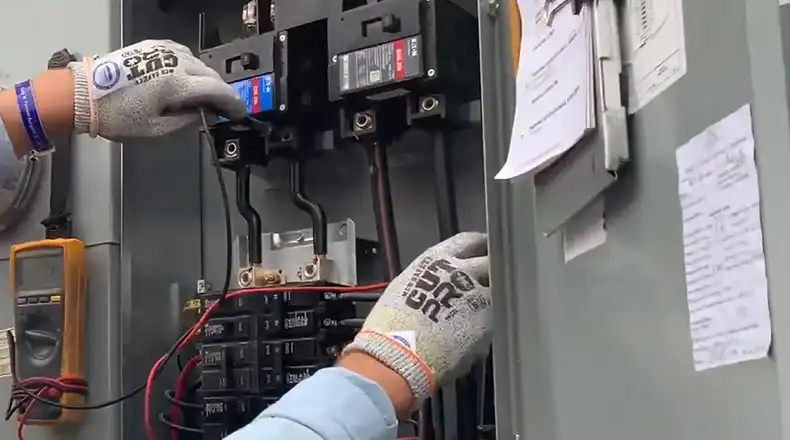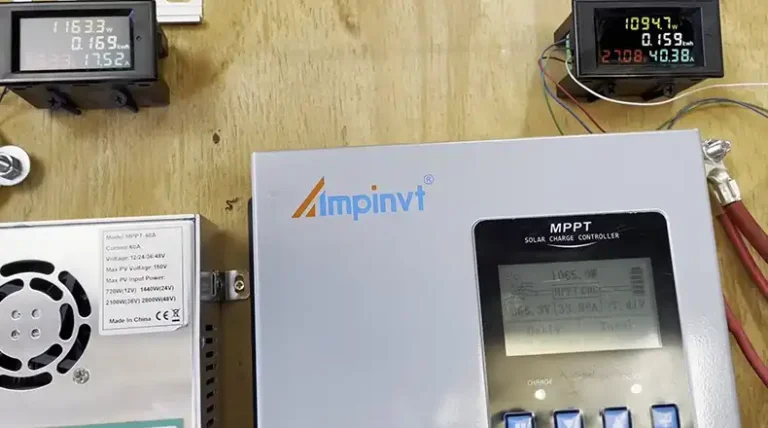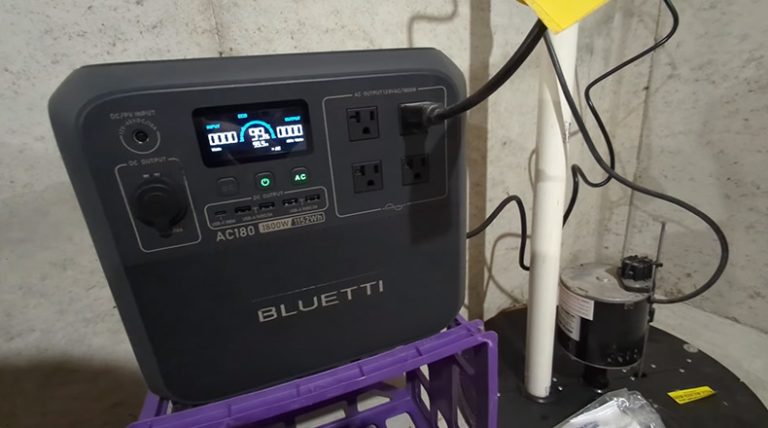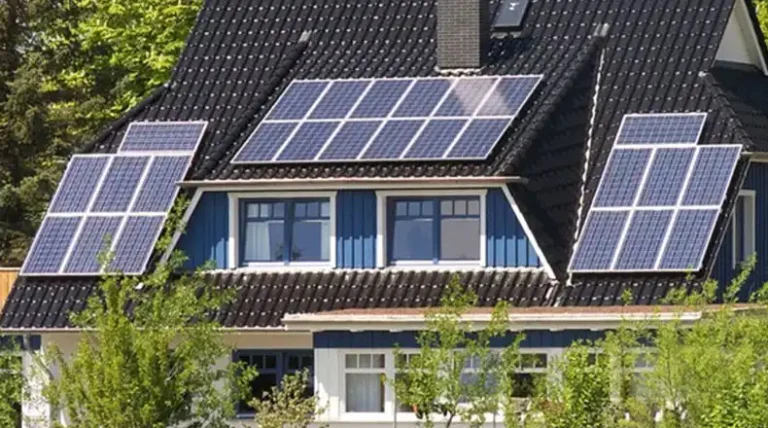What is Derate for Solar? Easy Explanation for You
As solar energy becomes more and more popular, it is becoming important to understand how it works, with all the ins and outs. One such thing is the derating of a solar panel, which simply refers to the derate or loss of the total capacity of a solar panel due to various factors.
When designing and operating these systems, it’s essential to consider various factors that might impact their performance, including solar derating. Derating plays a crucial role in ensuring the accuracy of system performance estimations and optimizing overall energy output.

What Does Solar Derating Mean?
Solar panels are made of a photovoltaic system that gets deteriorated due to various factors. When that happens, it’s called derating. So, in short, solar derating refers to the reduction in the rated output capacity of a photovoltaic system due to various external and internal factors that affect its performance.
When you don’t calculate derate, you are considering STC, a panel’s maximum performance under perfect lab conditions. Therefore, the actual energy output of a PV system can deviate from these values in real-world conditions due to factors like temperature, shading, soiling, and other environmental variables.
What Causes Solar Derate?
It’s crucial to understand what causes solar derate when you are considering a PV system for your home or commercial area.
1. Temperature
Solar panels cannot hold their efficiency when the temperature rises. They are most efficient in lower temperatures. As panels heat up, their efficiency tends to decrease. This leads to a lower energy output than their rated capacity. Most manufacturers provide temperature charts to help you calculate that effect.
2. Shading
This goes without saying that solar panels need unshaded conditions in order to maximize their production. Even partial shading of a solar panel can significantly impact its energy production. Therefore, when a portion of a panel is shaded, the entire solar panel’s output can be greatly reduced, which can cause derating of the entire solar power system.
3. Soiling
Soling can be another major culprit when it comes to derating. Dust, dirt, bird droppings, and other debris can accumulate on solar panels, reducing their light absorption capacity. Regular cleaning and maintenance are crucial to minimize the effects of soiling.
4. Inverter Efficiency
Inverters convert the direct current (DC) produced by solar panels into usable alternating current (AC). As it is an electrical component, it has its own inefficiency which can lead to energy losses, resulting into derating in the end.
5. Panels Mismatch
If the panels are mismatched in a PV array, it can lead to manufacturing deficiency. Also, partial shading of the overall solar system can lead to mismatch as well, resulting in derating.
6. Wiring and Electrical Losses
Resistance in wiring and electrical components can cause energy losses as the electricity travels from the panels to the inverter and the grid connection point. So, wiring and electrical losses can cause solar derate as well.
7. Dust and Atmospheric Conditions
Dust and pollution in the atmosphere can reduce the amount of sunlight reaching the solar panels, decreasing their energy production. This will lead to derating as well.
Importance of Calculating Solar Derating
In order to calculate how much electricity output you will actually get from a system; accurate derating calculation is important as well. Accurate derating calculations are essential for predicting the actual energy output of a photovoltaic system.
Solar system owners, installers, and operators can make informed decisions about system size, configuration, and expected energy production by considering derating factors during the design and estimation phases. This, in turn, helps optimize the return on investment and the overall efficiency of the solar installation. Here’s how learning about derating can help you mitigate its effects:
- Site selection and choosing a location with minimal shading and optimal sun exposure is crucial for maximizing energy production.
- Panel cleaning and maintenance of solar panels can prevent the buildup of debris and ensure optimal light absorption.
- Selecting high-efficiency inverters can help minimize energy losses during the conversion process.
- Properly sizing and designing strings of solar panels can help manage shading and mismatch effects.
- Implementing a monitoring system to track the performance of the PV system over time allows for the timely identification of any issues that might lead to derating.
Frequently Asked Questions and Answers (FAQs)
What is the average derate factor for solar?
PVWatts calculator assumes a derate factor of 0.84 for solar energy.
What is the 120% rule for solar breakers?
According to 120% rule, It’s important to keep in mind that combining solar and grid power should not exceed 120% of your MSP’s (Main Service Panel) rated capacity. This is a non-negotiable rule that should be followed for safety and efficiency.
To Sum Up
When installing photovoltaic systems, solar derating is a significant consideration in the design and installation process. By understanding the various factors that contribute to derating and taking proactive measures to mitigate its effects, solar system owners and operators can optimize energy production, enhance system efficiency, and achieve better returns on their investments in clean and renewable solar energy.






